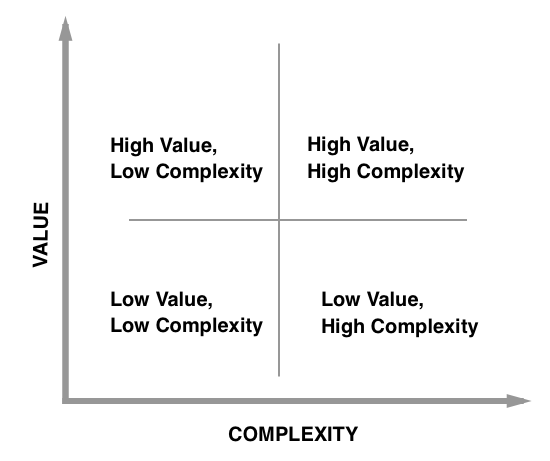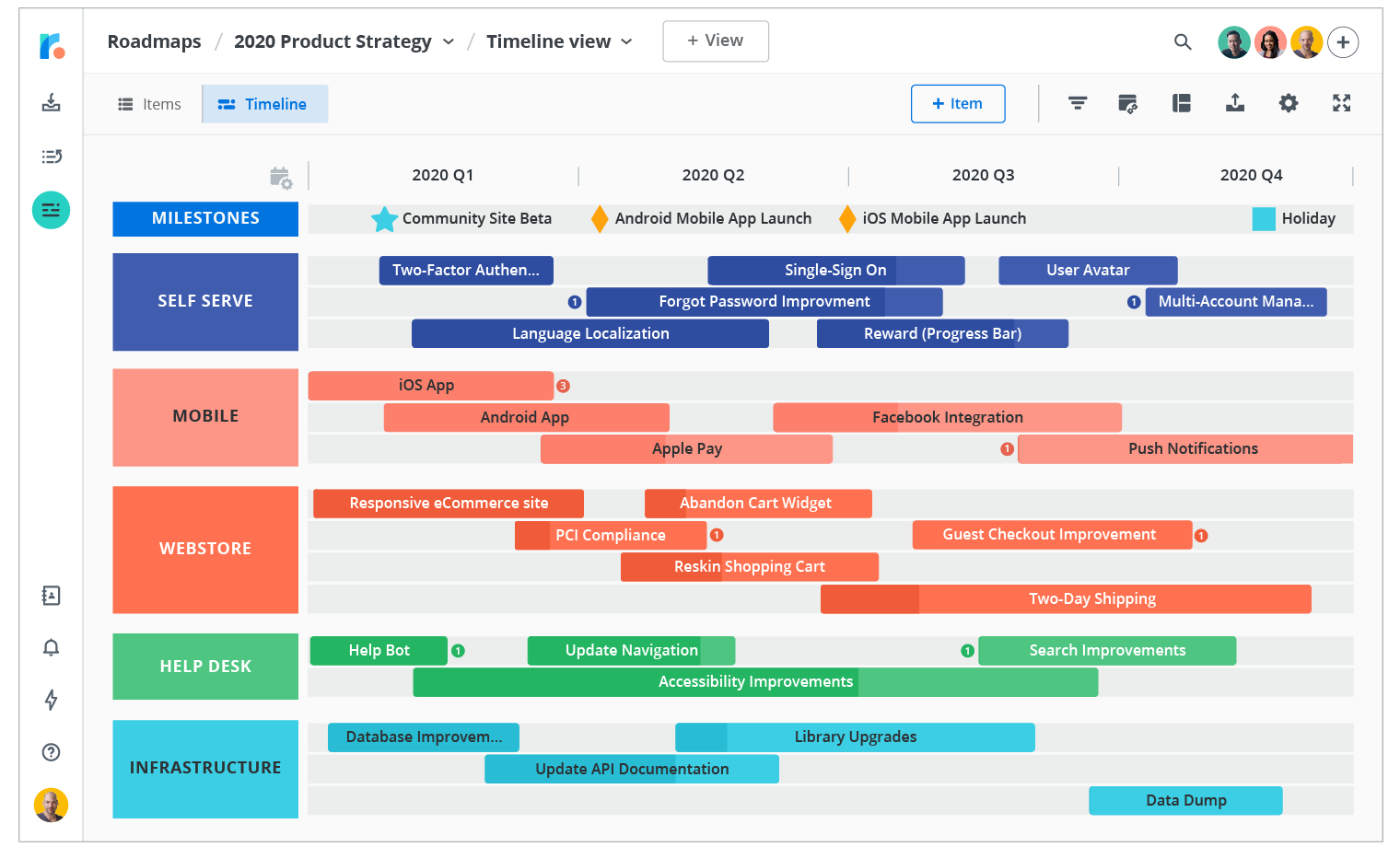What I Learned About Product Roadmaps
 A product roadmap is a high level visual summary that maps out the vision and direction of your offering over time. A roadmap communicates the why and what behind what you’re building.
A product roadmap is a high level visual summary that maps out the vision and direction of your offering over time. A roadmap communicates the why and what behind what you’re building.
- Convey product and company strategy alignment.
- Show an overview of how to reach your goals.
- Get alignment on features and prioritization.
- Communicate the plan.
Questions that may help elicit requirements from stakeholders:
- What problem are you trying to solve?
- What will happen if we implement this?
- What happens if we don’t?
- If you could change anything on this product/service what would it be and why?
Data to be collected for each requirement:
- Requirement title.
- Which theme or epic it belongs too.
- Requirement type
- Feature change.
- New feature request.
- Bug report.
- Stakeholders name
- Problem trying to solve
- Impact of implementing or not.
To estimate the size of each requirement implement a consistent measure such as t-shirt size (S,M,L,XL). These estimates will undoubtedly change so set the expectations of stakeholders.
Important to flag risks early to allow counter measures to be developed or canceling of project early on with minimal costs.
To prioritize requirement determine which ones align with goal and eliminate those that are out of scope. One methodology is MoSCoW:
- Must have.
- Should have.
- Could have.
- Will not have (possibly just not now).
Graph requirements based on value vs complexity or value vs effort:

In addition, using SWOT (Strength, weakness, opportunity and threat) analysis or RICE scoring model (Reach, impact, confidence and effort)
Purpose of the product roadmap:
- Visually displays your product vision.
- Shows what your strategy is to get to your vision.
- Get alignment from business and technical teams.
- Communicate where your product is and where it will be in the future.
To organize the product roadmap:
- Group your feature into themes.
- Plot the features under their corresponding theme.
- Adjust the timelines.
Roadmunk.com
